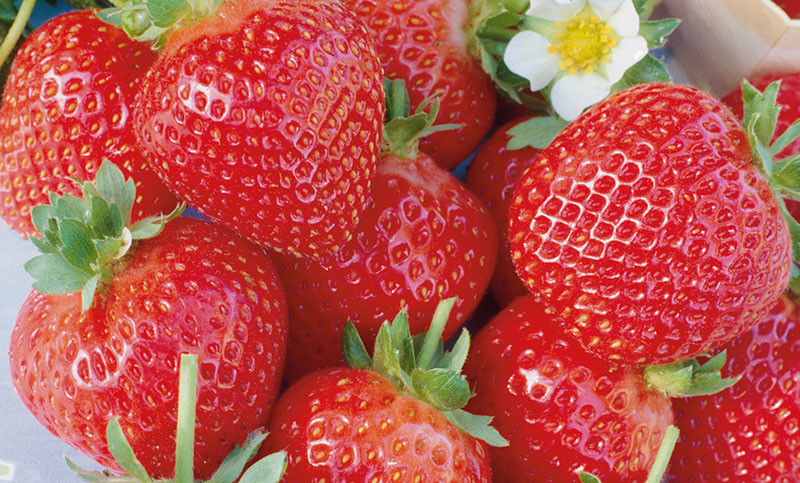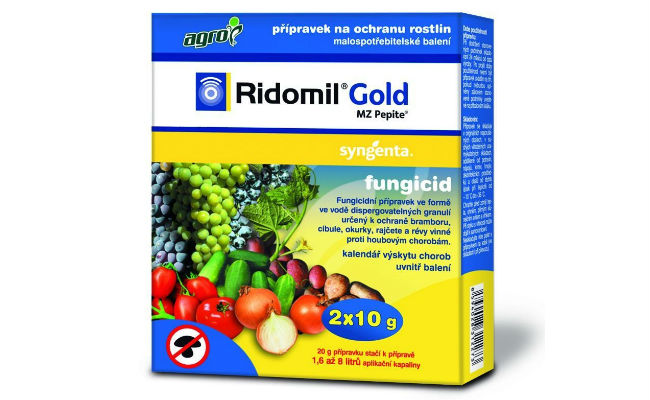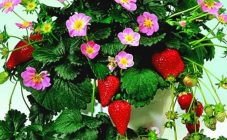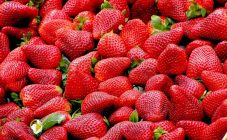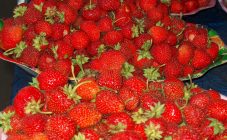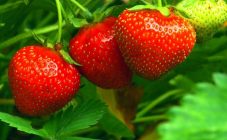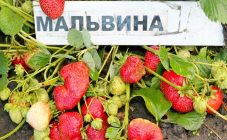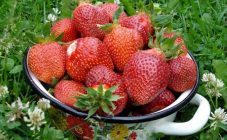Content:
Gardeners in their plots breed strawberries of various varieties because of the good taste of the berries, unpretentiousness and the possibility of rapid propagation of the plant. With the observance of agricultural technology, it is possible to get 2 crops throughout the year, for example, by planting the Darselect variety.
The history of the creation of the berry
Darselect strawberry was obtained by French specialists from Societe Civile Darbonne by crossing Parker and Elsanta hybrids. The work was completed in 1998, and then the resulting variety was distributed to all European countries. These berries came to Russia in 2000, and the popular name strawberry Dar was stuck behind them.
Hybrid technical data
The plant belongs to the group of species with early maturity. When breeding a variety in a greenhouse or greenhouse, the first berries are obtained at the end of May. If strawberries are grown outdoors, the fruits are harvested in early July. This is a hybrid with a shortened daylight hours, so buds form on it in mid-summer and early autumn.
Description of the variety strawberry Darselect:
- the height of the hybrid bushes ranges from 0.8-1.2 m, which grow strictly in the vertical plane;
- the plant has a small number of leaves with a small number of hairs, painted in myrtle color;
- the strawberry bush has a fairly powerful root system;
- medium number of whiskers, which allows the berries to capture a fairly large space.
Fruit characteristics:
- All berries take the shape of a cone with a blunt end. Then they become like comb ovals or hearts.
- The skin is colored in brick and red tones with a predominance of orange tones. The pulp has a high density.
- The fruit is sweet, although it tastes slightly acidic. They smell of strawberries. After picking, strawberries do not change color.
- The weight of the berries varies depending on the care. If the plant did not have feeding, then the weight of the fruit reaches 20-25 g, when using fertilizers this figure increases to 30-35 g. Some gardeners, with proper crop care, received a kind of gift - the weight of each specimen reached 40-50 g.
The crop yield is 0.7-0.9 kg per bush, and under favorable conditions, you can get up to 1 kg of strawberries. Compared to the Elsanta standard, the Dar varietal variety produces fewer berries, but they are heavier.
The hybrid is used fresh, used to obtain juices, preserves, jams, various compotes.
Growing strawberries
For planting crops, it is recommended to select flat areas, preferably located on the southwestern spurs of the hills, where there is protection from the wind.
Strawberry variety Dar must be propagated on loamy soil, which contains a large amount of humus. The hybrid does not like bright light, so it is advisable to shade the bushes of the plant a little.
The seedlings that the gardener buys should not be damaged. The diameter of the root collar of plants must be at least 6 mm. It is advisable to select hybrids from well-known manufacturers. It is better if the gardener buys a strawberry with a closed root system.
When the summer resident does not have the opportunity to immediately plant the bushes on the garden bed, he must move them to a room where the temperature is maintained at 10-14 ° C and install them in pots with artificial soil. The seedlings should not be exposed to direct sunlight. It needs to be watered once every 5 days so that the ground under the plants is moist. Before transferring the bushes to the beds, the seedlings are left in a cool room for 6-7 days.
In late autumn, the site is prepared for future sowing of seedlings. To do this, perform the following work:
- weed all the weeds;
- for each 1 m² of soil, add 30 g of ammonium nitrate and superphosphate, as well as 6-7 kg of manure or poultry droppings;
- dig up the soil to the length of the shovel bayonet.
Planting strawberries in the beds is done in the spring or in the first week of autumn. Due to the presence of a powerful root system in the variety, when installing bushes in the holes, a distance of 0.35-0.4 m is left between them.If the format for installing bushes in 2 lines is used, then the scheme 0.9 X 0.4 X 0.4 is used see. In any case, no more than 4 plants can be planted for each 1 m².
Further care
Watering Dar strawberries is carried out with plenty of water 2 times a week. But it is better not to swamp the beds, otherwise the yield will drop by 20%. Bushes die from insufficient irrigation, but with timely watering, they can tolerate heat of 30-35 ° C.
If the gardener lives in the southern regions of Russia, then to eliminate excessive evaporation of moisture, it is recommended to cover the beds with reflective film. In case of extreme heat or drought, it is necessary to increase the irrigation of the beds by 3 times.
Mulch the soil when planting strawberries with wood ash, chopped straw, dried grass. This operation is performed after loosening the beds and killing weeds at the initial stage of flowering bushes.
The strawberry needs to be fertilized 3 times during the entire growing season. In the spring, the bushes are given a solution of 10 liters of water and 30 g of carbamide. After harvesting the first harvest, gardeners cut the leaves on the plants, and then feed them with a mixture of 2 g of nitrophoska and 8 liters of water. In August, seedlings are given a nutrient solution of superphosphate, potassium sulfate (½ tablespoon each) in 10 liters of water. To prepare for winter, the plantings are covered with straw or warm material.
To prevent plants from catching an infection, it is recommended to carry out preventive measures. To do this, weed beds are weeded, old leaves and fallen fruits are removed. When eliminating a fungal or viral infection, you need to use special drugs that destroy pathogens. Agate 23K, ridomil, quadris and other drugs are used. Spraying is carried out 3 times per season. The first treatment is carried out in early spring, the second - after the formation of buds, and the third - in the fall. For safety net, 15 days after the last procedure, the bushes are treated 4 times.
The grower should carefully examine the hybrids for the appearance of garden pests. If naked slugs appear on the leaves, then they can be scared away by pouring wood ash under the roots of the strawberry. For the destruction of parasites, drugs are used storm and meta. But it is worth considering that gastropods will die only when these funds get directly on their skin. Of the available means against slugs, cover the beds with a reflective film. Parasites do not like the "greenhouse" effect and leave the planting.
To destroy weevils, gardeners treat strawberry leaves with karbofos and similar preparations. To prevent the appearance of these insects, it is recommended to spray the bushes with zolon or actellic in the spring and autumn. The procedure is carried out on a cloudy, windless day.
The advantages and disadvantages of culture
This hybrid has the following advantages:
- dessert variety berries taste like strawberries, and pineapple and apricot in aroma;
- after the first harvest, new strawberry inflorescences grow, which allows you to harvest the fruits a second time, but already at the beginning of autumn;
- the plant tolerates heat well, but it needs to be watered constantly;
- berries tolerate transportation to any distance due to the ability of the strawberry peel to be mechanically damaged;
- fruits do not change color after harvest.
The disadvantages of culture are as follows:
- at high humidity or low temperatures, strawberries are poorly pollinated;
- the hybrid is not resistant to diseases such as brown spot, verticellosis and powdery mildew;
- unsatisfactory frost resistance of the plant (at a temperature of 18-20 ° C, the bushes must be covered with a film or warm cloth);
- spider mites often attack the planting of this species.
The strawberry variety Dar is grown not only by gardeners; large farms are engaged in breeding on an industrial scale. A novice gardener can easily grow a plant due to its unpretentiousness to external conditions. The hybrid gives a good harvest for 4 years in a row. After that, you need to buy new seedlings.
